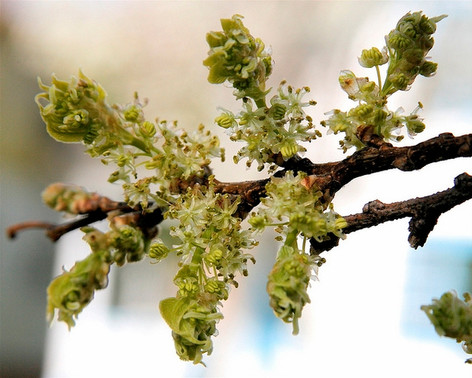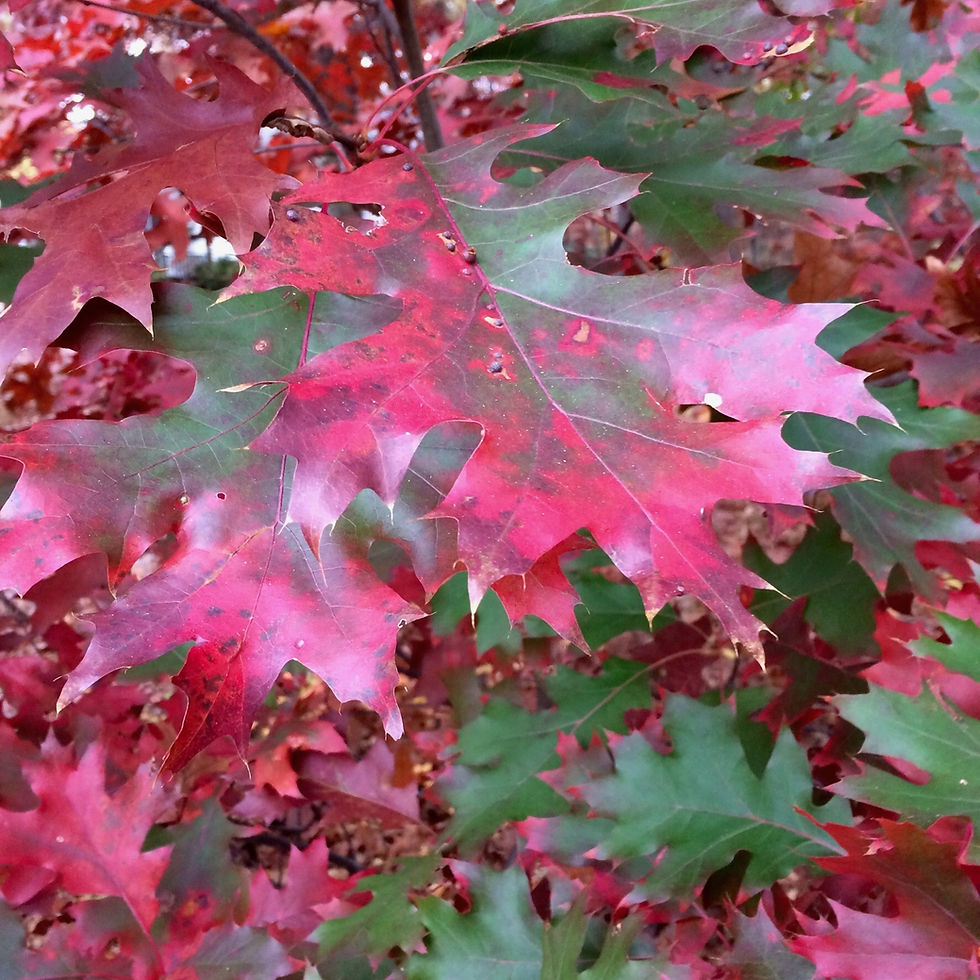Native Plant of the Week: Common Hackberry
- Kimberly Simmen
- Mar 18, 2023
- 1 min read
Family: Cannabaceae
Name: Celtis occidentalis - Common Hackberry
Bloom Time: April - May
Flower: Greenish Yellow
Fruit: Fall
Color: Purple
Soil Condition: Moist, Rich, Well Drained, Adaptable
Light: Sun-Shade
Height: 40-60' tall
Native Range: Central and Northeastern North America including Long Island
Zone: 3-9
Photos: Flowers (Dan Mullen, CC BY-NC-SA 2.0), Fruit (Yuriy KvachCC BY-SA 4.0)
Common Hackberry is a fantastic wildlife tree. The tree is monoecious, meaning male and female flowers are on the same tree, so you only need one. Besides being a great tree for early pollinators, a shelter and nesting site for birds, and a host plant to several butterflies and moths, the berries are edible! They may be eaten raw or used in jellies and jams. It is moderately deer resistant. This tree should be planted more often in parks as it is drought resistant once established and tolerates urban settings with ease. It is a great shade tree.
Maintenance: None necessary. Prone to Witches Broom (see reference #2) but this is mostly cosmetic and does not kill the tree.
Benefits: Immune to Dutch elm disease, host plant to Wild Cherry Sphinx Moth, Question Mark, Mourning Cloak, Tawny Emperor, and American Snout butterflies, songbirds relish the fruit in late fall and winter
Fun Facts: Wood is sometimes used for baskets, crates, flooring, and sports equipment.
Companion Plants: Clethra alnifolia (Sweet Pepperbush), Cercis canadensis (Redbud), Geum fragarioides (Barren Strawberry), Carex pensylvanica (Oak Sedge)
=============================================================
References:















Comments